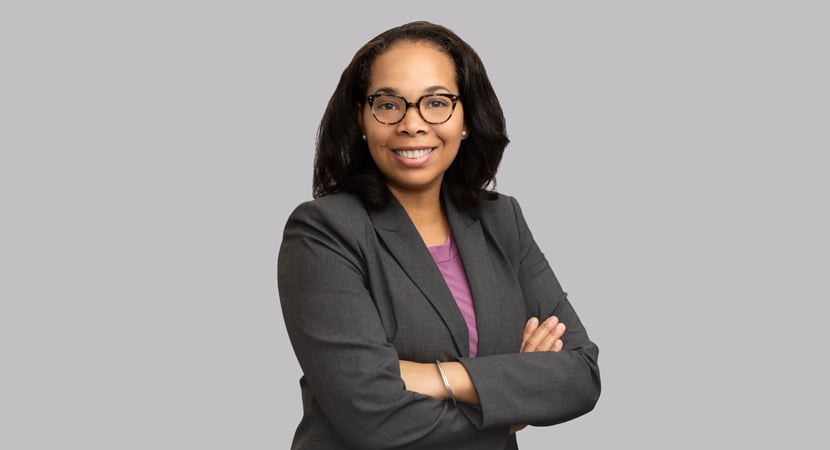The IRS Office of Chief Counsel released a generic legal advice memorandum (the GLAM) to the public on June 9, 2023, that outlines its current position on nonprofit entities that are developing paid name, image and likeness (NIL) opportunities for collegiate student-athletes. The GLAM signals the IRS’ serious concerns about the legality of these nonprofit “NIL collectives,” which have grown in popularity since the U.S. Supreme Court’s 2021 decision in NCAA v. Alston and the NCAA’s Interim Policy on student-athlete NILs.
The issue addressed by the GLAM is whether an organization developing paid NIL opportunities for collegiate student-athletes furthers an exempt purpose under Section 501(c)(3). In the GLAM, the IRS acknowledges that some NIL collectives have already applied for and received recognition of tax-exempt status under Internal Revenue Code Section 501(c)(3). However, the IRS chief counsel reasons, “Because the private benefit from a nonprofit NIL collective’s activities, in most cases, will not be incidental in a qualitative sense, and because a single nonexempt purpose, if substantial in nature, precludes exemption, we believe such collectives are not organized and operated exclusively for exempt purposes.” (Emphasis added.)
Nonprofit NIL collectives have reason to carefully evaluate their activities and their future plans in light of both this GLAM and ongoing congressional scrutiny of NIL collectives. There have been numerous NIL-related bills—including the FAIR College Sports Act, the College Sports NIL Clearinghouse Act of 2023 and the Student Athlete Level Playing Field Act—circulating in Congress recently. Congressional hearings on NIL collectives were held as recently as March of this year.
What Happens Next?
The GLAM gives nonprofit NIL collectives as well as donors and athletes reason to pause—but not to panic. It is not formal guidance to taxpayers, and it cannot be cited as precedential authority. In order to revoke the tax-exempt status of a nonprofit NIL collective, the IRS would first have to conduct an examination. We expect that before issuing formal guidance, the IRS would conduct a systematic compliance review of nonprofit NIL collectives. Based on the IRS chief counsel’s analysis as presented in the GLAM, any review would likely focus on whether nonprofit NIL collectives do, in fact, operate primarily to serve the private interests of student-athletes or if it is possible for some to operate in a manner where the private benefit to student-athletes is both qualitatively and quantitatively incidental to the public benefit served. It is important to note that the GLAM relies on long-standing precedent regarding excessive private benefit in its analysis; thus, the IRS may conclude that additional precedential guidance is not necessary.
If a decision is made to conduct an assessment, it could take the form of targeted examinations, as we saw with the IRS Colleges and Universities Compliance Project, which commenced in 2008 with 34 audits and culminated with a report five years later. The IRS might also take the approach of mailing questionnaires to nonprofit NIL collectives to gather information on how they operate. This approach was taken prior to the issuance of guidance for group exemption rulings. The result of a sector-wide review like this could be the issuance of formal guidance (for example, a revenue ruling outlining parameters for organizations to qualify for exemption going forward) or a published report summarizing the IRS’ findings and actions taken. Along the way, there may be revocations of tax-exempt status, while other NIL collectives may find that with adjustments, they can continue to operate in furtherance of their Section 501(c)(3) charitable and educational purposes. Alternatively, the IRS could simply commence examinations without developing a formal project intended to culminate in a report, in much the same way that the agency has approached conservation easement issues.
Steps To Take Now
Nonprofit NIL collectives that have been recognized by the IRS as Section 501(c)(3) charities should gather and carefully review their organizing documents as well as the exemption applications that were submitted to the IRS on Form 1023. It will be important to ensure that governance, financial, and operational decisions and actions taken to date have been properly recorded. Each NIL collective should also document its grant-making activity, educational programs, collaboration with other charities, and any other activities that advance education or further charitable purposes. Even if (in the worst case) the IRS ultimately takes the position that this entire class of organizations is no longer entitled to tax-exempt status, a nonprofit NIL collective should be able to avoid retroactive penalties if it can demonstrate that its activities since inception have been consistent with its narrative explanation of planned activities. (See GLAM footnote 36 regarding Section 7805(b) relief.)
In general, donors who have made contributions to nonprofit NIL collectives that have been recognized as tax-exempt may continue to rely on those IRS determination letters unless and until the IRS proposes revocation of an organization’s 501(c)(3) status.
Student-athletes and donors to nonprofit collectives should consult their personal tax advisers for guidance specific to their circumstances.
As always, Loeb & Loeb LLP’s Exempt Organizations, Trusts & Estates and Sports practices will closely monitor IRS and congressional developments and keep our clients apprised. We are also happy to answer any questions that our clients may have. Please do not hesitate to call anyone on our team.
-
 Co-Chair, Nonprofits & Tax-Exempt Organizations; Co-Chair, Attorneys of Color and Ethnic Diversity Affinity Group
Co-Chair, Nonprofits & Tax-Exempt Organizations; Co-Chair, Attorneys of Color and Ethnic Diversity Affinity Group -
 合伙人
合伙人
)
